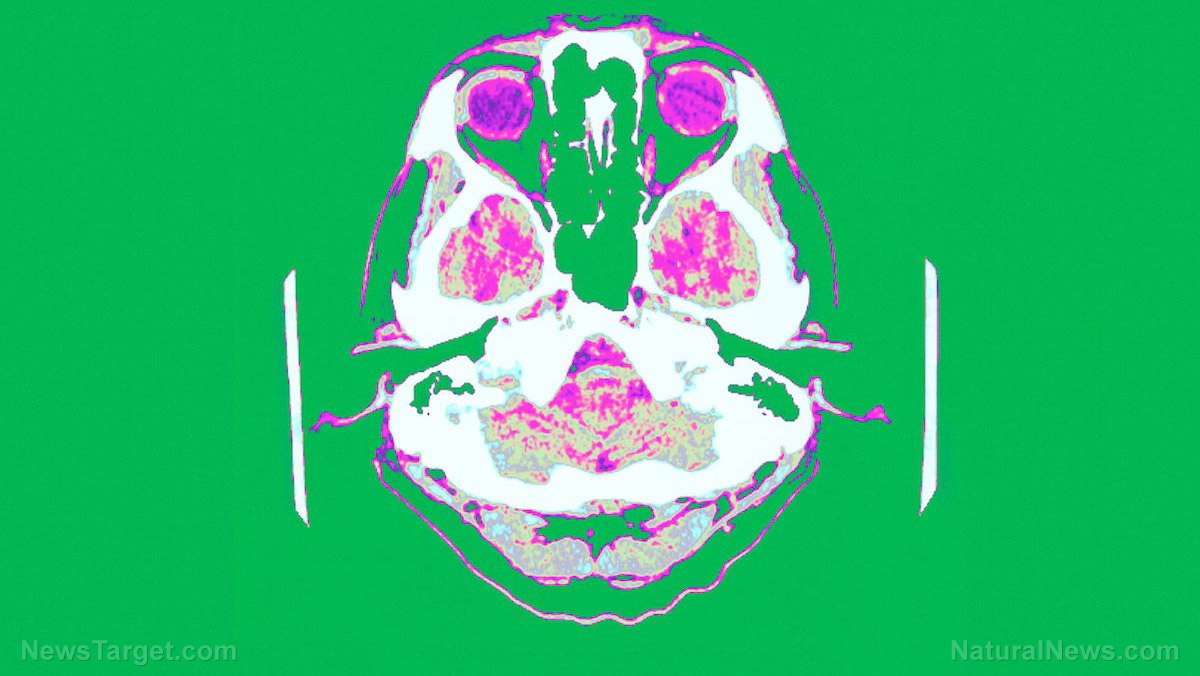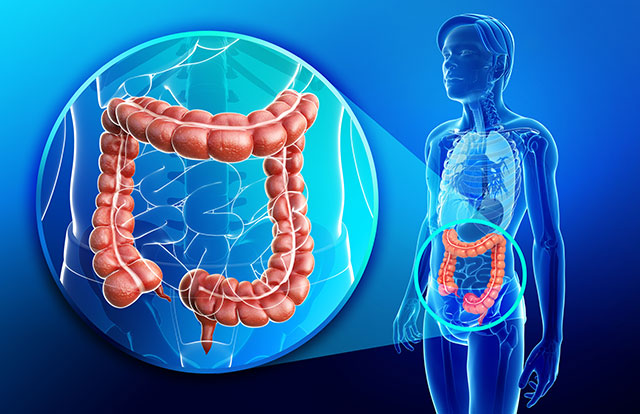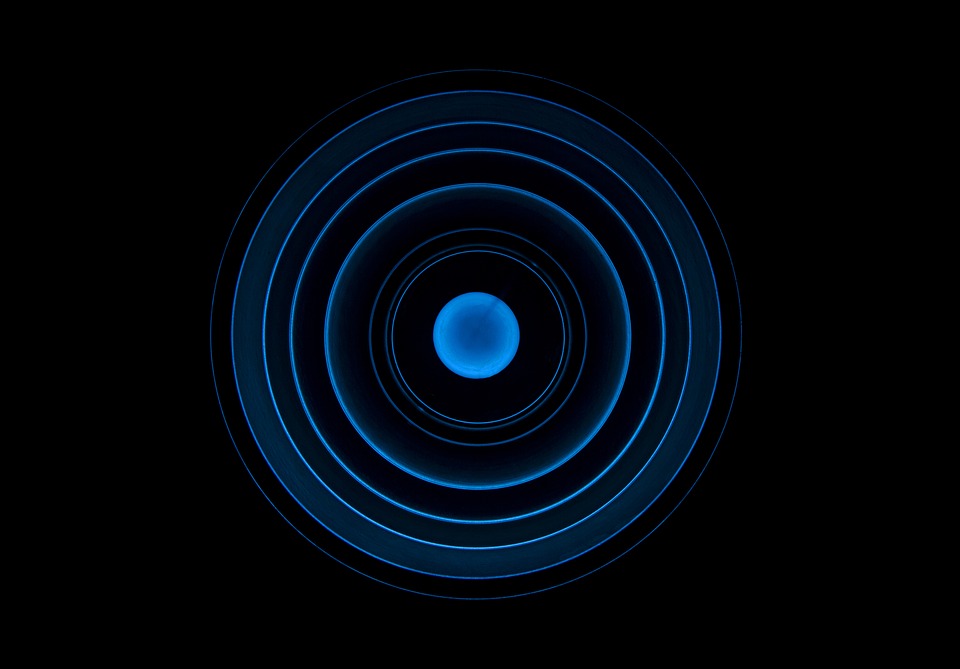Japanese researchers develop a way to monitor the inside of the brain in real time
07/22/2018 / By Edsel Cook

A Japanese study combined two different techniques in order to keep track of live changes inside the brain. This new real-time observation method enables a brand new field of research dubbed “real-time metabolomics,” an article in Alpha Galileo states.
Disease research places great importance on staying atop of the latest growth, development, and changes of metabolic products found inside an organism. But real-time monitoring techniques suffer from problems involving insufficient sensitivity, poor resolution, and invasiveness that disrupt the very functions that they are trying to study.
Researchers have been working on better tools that can perform real-time monitoring of substances in order to identify and measure their chemical components. A team from Nagoya University have recently reported the results of their new approach for keeping an electronic eye on metabolites in a living organism.
Their method combined probe electrospray ionization (PESI) and tandem mass spectrometry (MS/MS). The former technique sprayed ions from a sharp, solid needle while the latter provided very detailed images of the internal structure and properties of tiny substances such as the metabolites produced by a living organism. (Related: Take fish oil OR blueberry powder for better brain health.)
New technique offers finer details of metabolites with minimal invasiveness
Yumi Hayashi, a Nagoya University researcher and co-first author of the study, explained that PESI uses a thin probe needle that can take direct samples from the organ while minimizing its invasiveness to the sub-cellular level. The technique was previously used along single mass spectrometry (MS) to analyze a substance.
However, PESI is unable to perform chromatographic separation, the ability to physically separate components of a substance into stationary and mobile phases. It therefore cannot choose what it gets to analyze, which hampers it from studying active metabolites.
This is where MS/MS came in. Tandem mass spectrometry is a much more specific detection method compared to its single mass equivalent. The PESI/MS/MS combination can identify metabolites of interest with greater reliability.
The Nagoya University research team combined a probe electrospray ionization unit with a tandem mass spectrometer instrument. The tip of the PESI unit’s solid needle has a very thin diameter of 700 nanometers. It can draw samples and ionize targets with the least amount of disruption of sensitive processes in the brain.
PESI/MS/MS analyzer can identify and observe active metabolites in the brain
An anesthetized mouse served as the initial test subject of the new PESI/MS/MS analyzer. The researchers reported identifying eight brain metabolites associated with central energy metabolism. The in vivo real-time monitoring process took all of 20 seconds.
Three hours later, the researchers examined the surface of the brain of the mouse for any side effects of their probing. They found no signs of edema or traumatic injury that could be linked to their earlier probing.
Next, the researchers tested the analyzer’s ability to monitor the cannabinoid type-1 receptor agonist (CB1R-agonist) in the brain of mice. The substance is able to decrease appetite and control the amount of body weight gained from eating.
Again they reported that the PESI/MS/MS analyzer succeeded in monitoring the CB1R-agonist and its effects on energy metabolism, confirming what is already known.
Hayashi’s corresponding author and colleague Kei Zatsu said the new system could be used to keep track of brain diseases and disorders. Use of the PESI/MS/MS analyzer was also not restricted to the brain; it could potentially be applied to tissues of the liver, kidney, and other organs.
“Using this system, we believe a new research field called ‘real-time metabolomics’ can be explored and expanded,” said Zatsu.
If you want more articles about the newest breakthroughs in research techniques, visit Research.news.
Sources include:
Tagged Under: biomedical research, biotechnology, Brain, brain diseases, Brain disorders, brain health, cannabinoid, energy metabolism, metabolism, metabolites, real-time metabolomics



















